Chapter 4. Critical Reading: Active Reading Skills
Critical Reading:
Active Reading Skills
Introduction
Critical Reading: Active Reading Skills
true
true

Activity Objective:
This tutorial will encourage you to explore some strategies for active reading, including:
Click the forward and backward arrows to navigate through the slides. You may also click the above outline button to skip to certain slides.
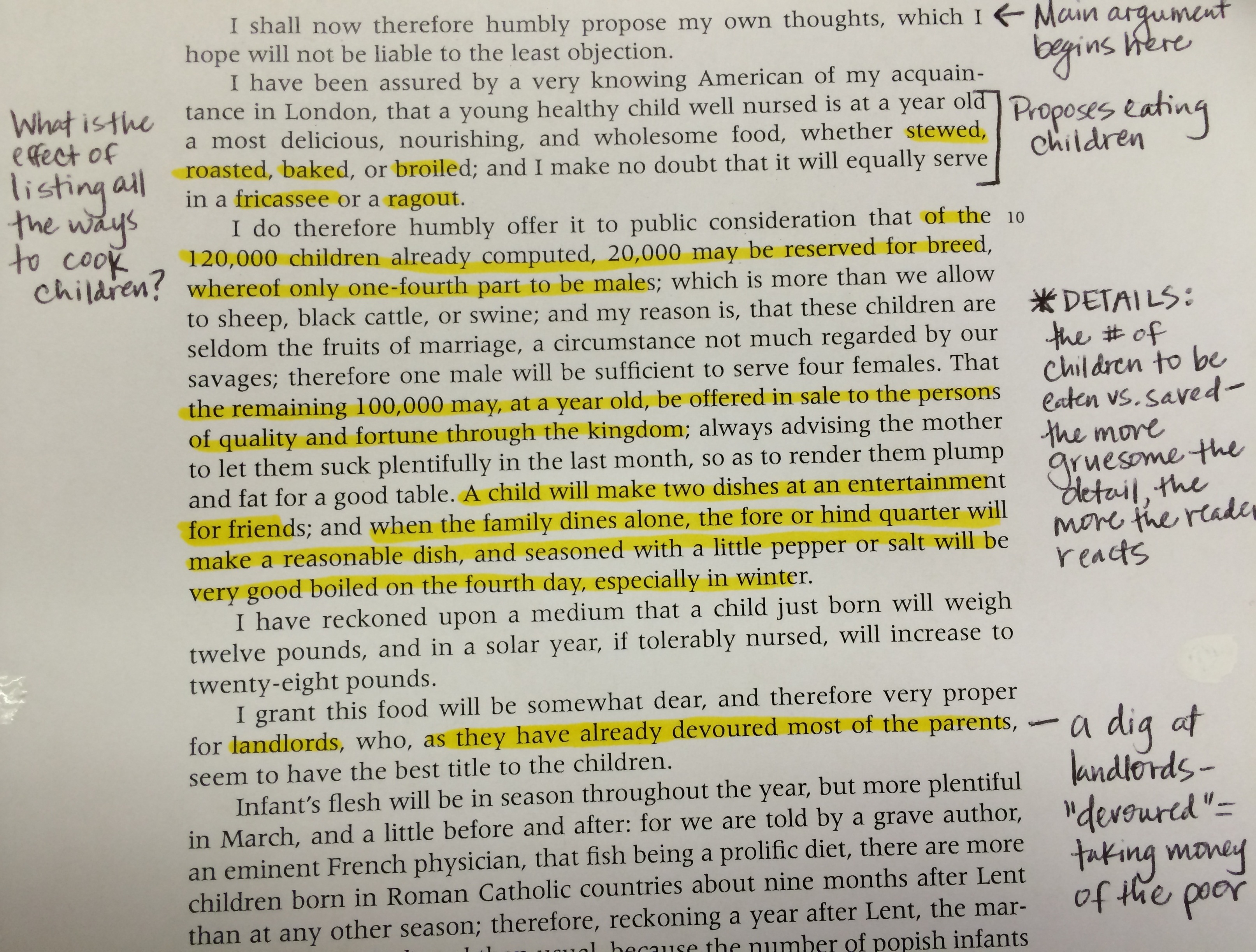
Reading in an academic setting can be quite different than reading for pleasure. Your level of familiarity and comfort with the material you will be assigned to read in your classes will vary; this means that different pieces of reading will present challenges you will have to strategize to overcome. Having a range of active reading strategies at your disposal will help you figure out how to read, understand, and make use of practically any text you encounter.
Watch this brief video, which will introduce you to just a few strategies for active reading.
As you watch the video, think about a recent reading assignment where you have struggled with the text. Did you use any of these strategies? Do you think they might have helped you concentrate on and absorb the text?
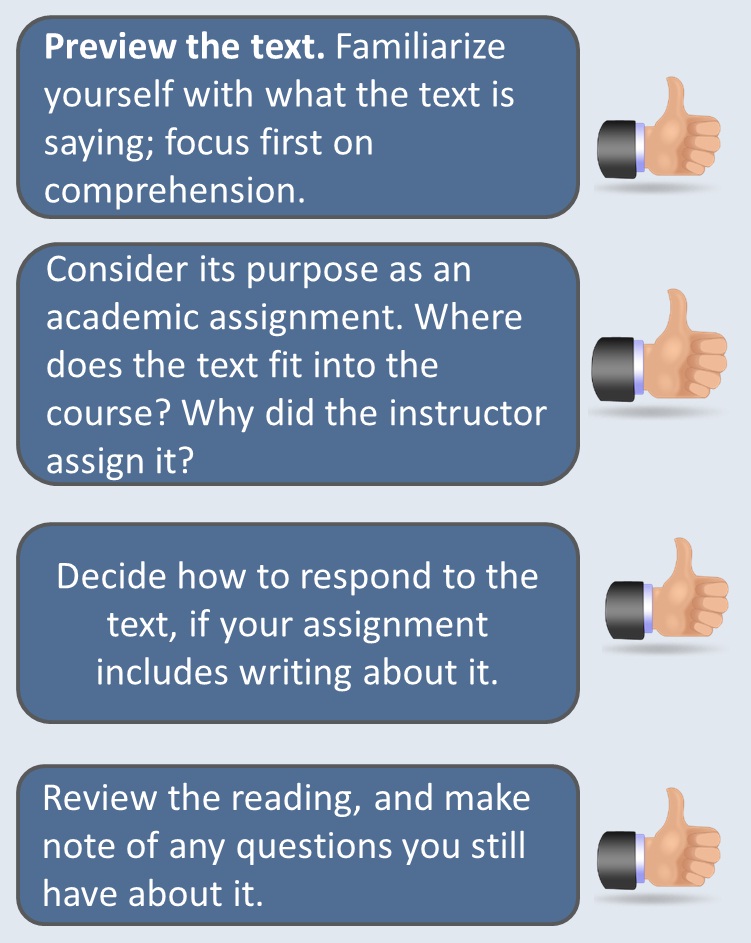
Reading is not a one-

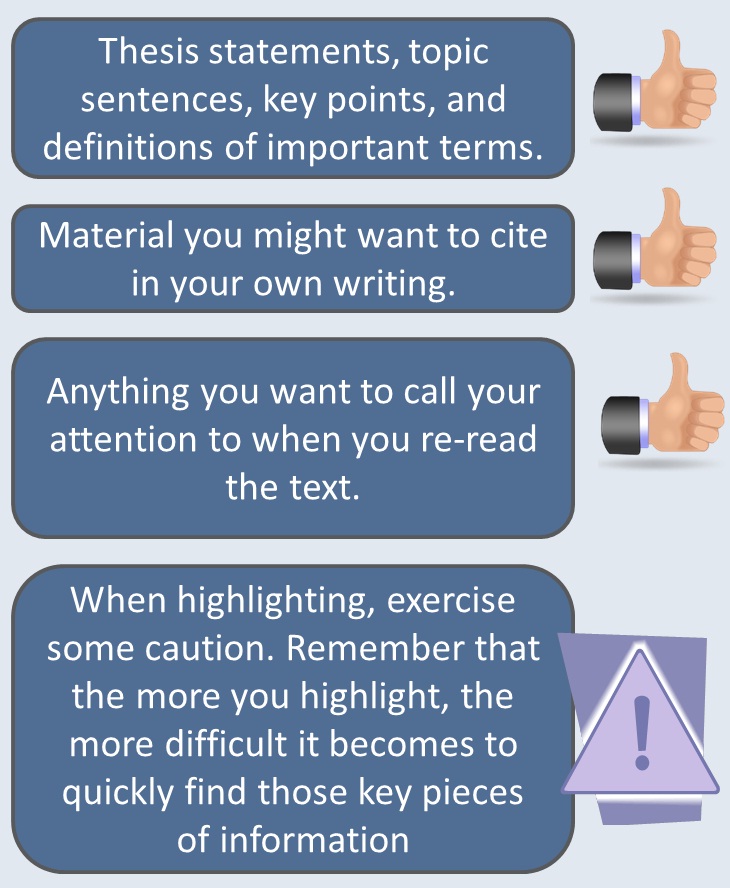
Highlighting a text, either with a highlighter or on screen using a highlight tool (built into most e-
For the following examples, use the dropdowns to indicate whether or not these pieces of information are useful to highlight.
| Are these pieces of information worth highlighting? | |
|---|---|
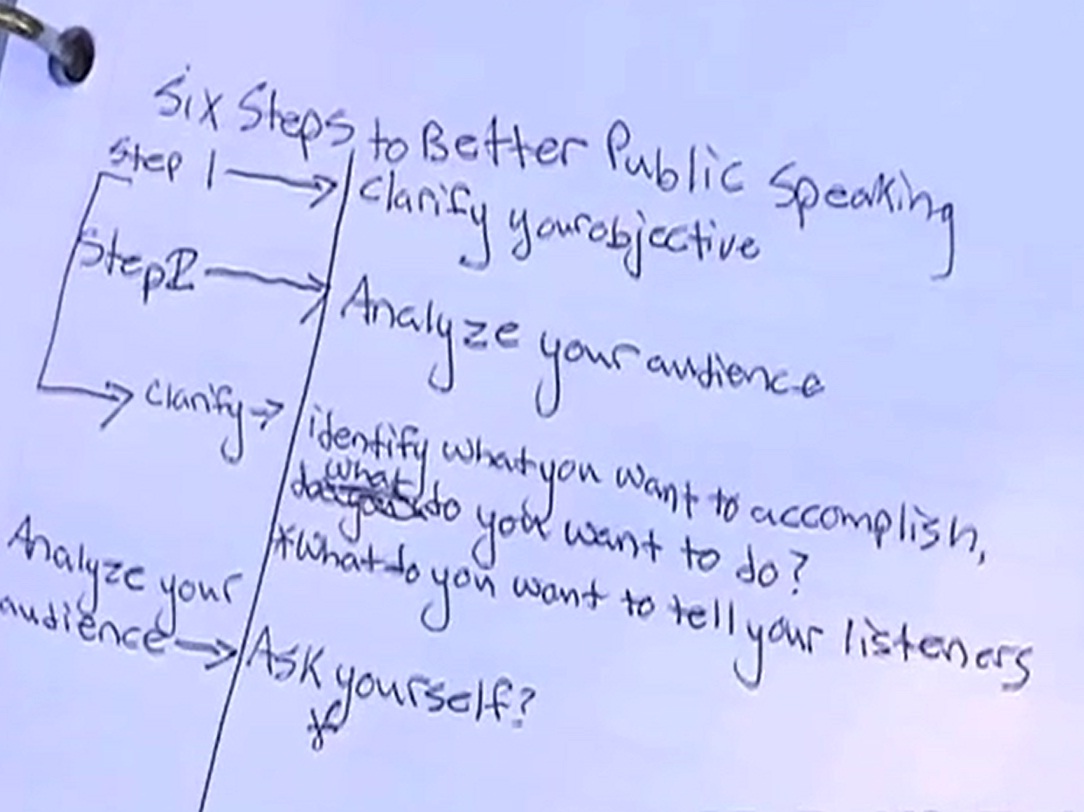
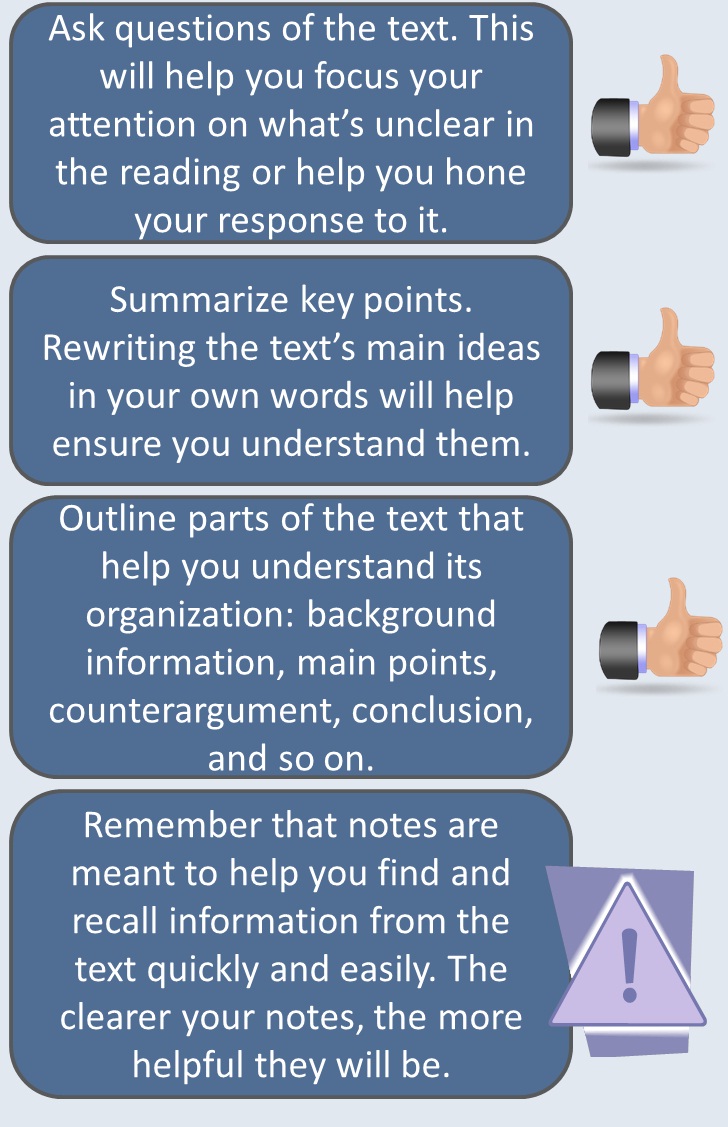
Note-
For the following examples, use the dropdowns to indicate whether or not these types of notes are useful.
| Are these types of notes useful? | |
|---|---|


Most e-
If you prefer taking notes on a computer, tablet, or smartphone instead of directly on the page, there are many free programs designed to help you take, organize, and store your notes. The most popular program is Evernote.
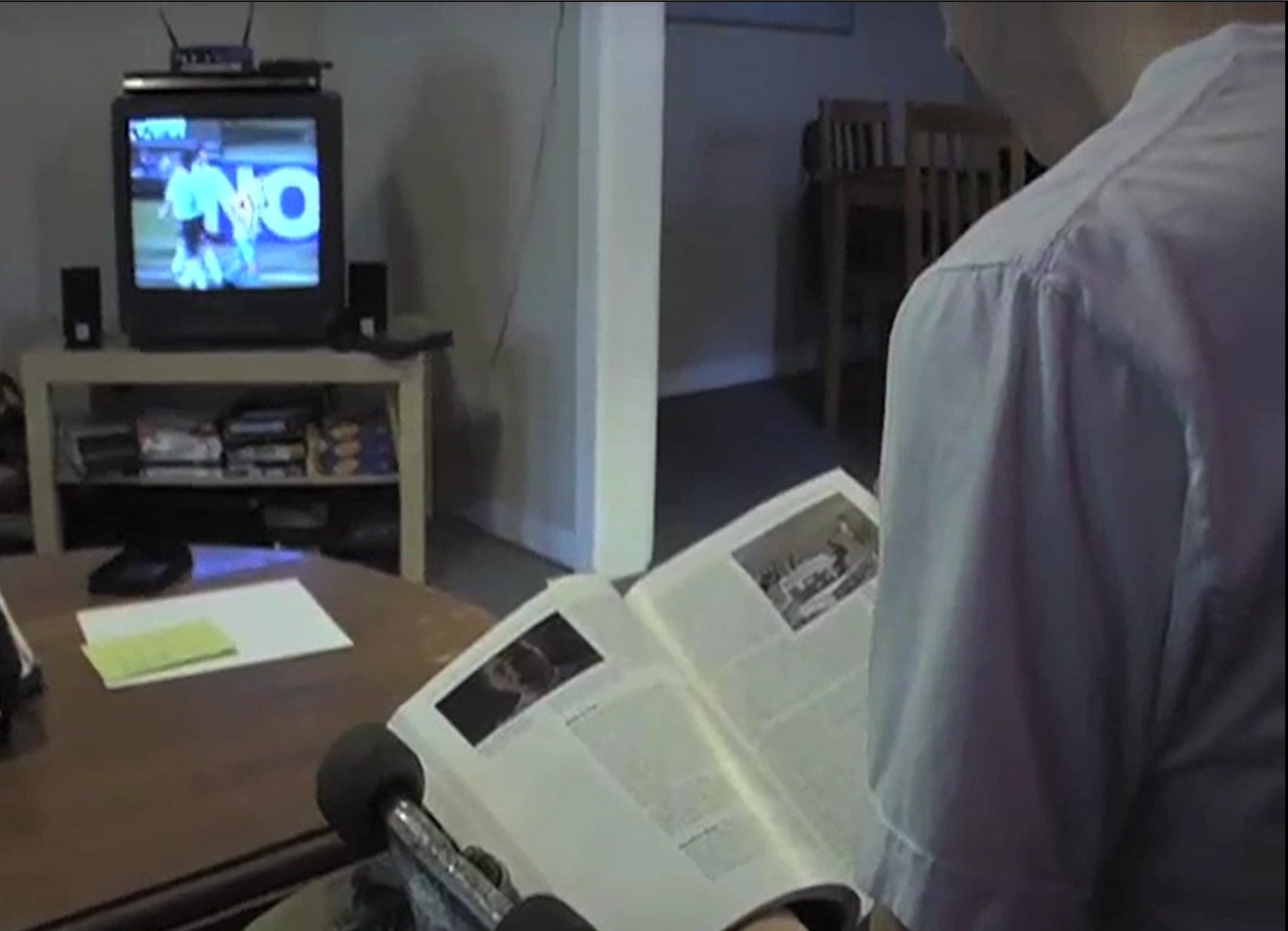
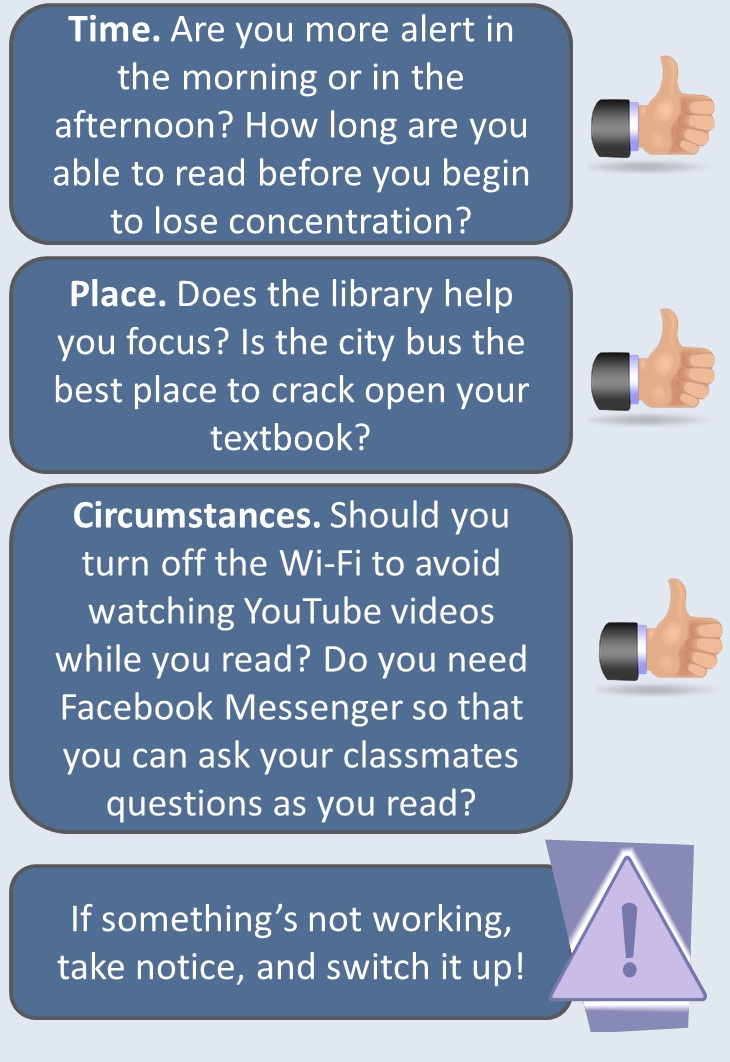
Your reading environment refers to the ideal time, place, and circumstances in which you read. We don’t all read best in the same environments, so it is important to take time to reflect on your surroundings and assess how well they support active reading.
The following questions will ask you to think about your strategies for reading as well as how you might improve them by incorporating some of the tips in this tutorial.
Use the space below to answer the following question.
Use the space below to answer the following question.
Use the space below to answer the following question.
Use the space below to answer the following question.
Congratulations! You have completed this activity.
Total Score: out of (%)
You have received a provisional score for your essay answers, which have been submitted to your instructor.